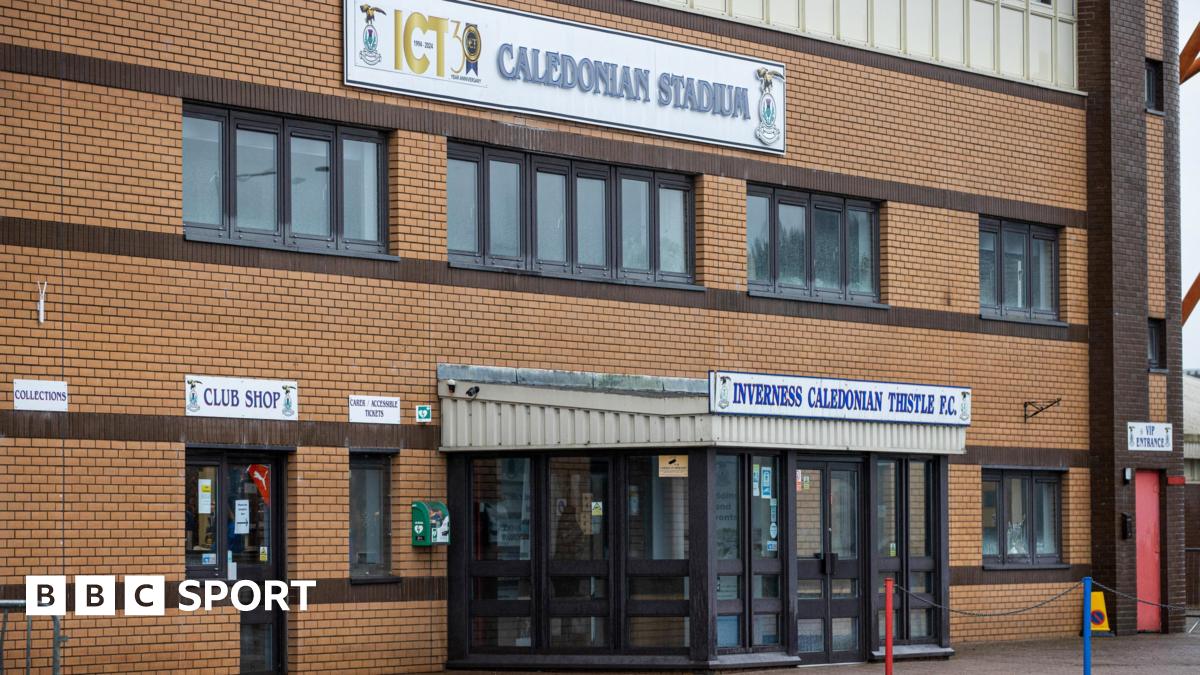Tech
Scottish heritage meets modern technology with help from the IoT

The Ravenspoint Centre Museum on the Isle of Lewis, home to the renowned Angus Macleod Archive, is embracing IoT technology to protect its culturally significant exhibits and enhance the visitor experience.
This volunteer-run museum has partnered with CENSIS, Scotland’s innovation centre for sensing, imaging, and IoT technologies, and the connectivity consultancy FarrPoint to implement a LoRaWAN network. This system monitors humidity, temperature levels, and visitor numbers in exhibit areas, complementing the existing infrastructure in the museum’s storage facility.
Maintaining appropriate humidity levels is crucial for protecting historic items from damage or deterioration. The new system provides real-time data, allowing the museum to track environmental conditions and visitor numbers effectively. This automation replaces manual data collection by volunteers, streamlining operations, and ensuring consistent record-keeping—an essential requirement for maintaining accreditation from Museums Galleries Scotland.
The initiative is part of CENSIS’s IoT Evolve programme, funded by the Scottish Government and Highlands and Islands Enterprise (HIE). This programme supports regional organisations in developing and applying IoT technologies.
Ravenspoint Museum and the Angus Macleod Archive have been in operation for 15 years, serving as the Point area’s comprehensive archive and social history museum. The collection highlights life in the Gaelic-speaking village of Calbost and is mainly presented in hard copy, although some materials are available in electronic format. The collection is popular among researchers specialising in island life, crofting, and the history of the Hebridean people.
Donnie Morrison, the chairman of the Pairc Historical Society, which operates the museum, expressed his excitement about the new technology, stating, “With this installation, we can better protect our artefacts, and ensure their preservation for future generations. The people-counting technology will be particularly valuable as we anticipate increased tourism due to the new deep-water port in Stornoway attracting more cruise ships.”
The Ravenspoint Centre is now planning to use similar visitor tracking sensors in its café to improve resource allocation, and determine optimal opening hours and staffing levels.
Ally Longmuir, the business development manager at CENSIS, emphasised the importance of the project: “This initiative demonstrates that organisations can leverage IoT benefits regardless of location. The Pairc Historical Society now has the tools to better protect Scotland’s heritage, make informed management decisions, and enhance visitor experiences.”
Dr. Andrew Muir, chief executive of FarrPoint, added, “It’s rewarding to see a remote Scottish museum leading in IoT adoption. This proven IoT project could benefit many other museums still performing manual checks. We encourage other institutions to explore these technological solutions.”
Finally, the project is a great demonstration of how even small, remote cultural organisations can use modern technology to help preserve history, operate more efficiently, and provide unique visitor experiences. It serves as an excellent example of how such organisations can set the pace for museums in Scotland, and beyond.

Want to learn about the IoT from industry leaders? Check out IoT Tech Expo taking place in Amsterdam, California, and London. The comprehensive event is co-located with other leading events including Cyber Security & Cloud Expo, AI & Big Data Expo, Intelligent Automation Conference, Edge Computing Expo, and Digital Transformation Week.
Explore other upcoming enterprise technology events and webinars powered by TechForge here.










